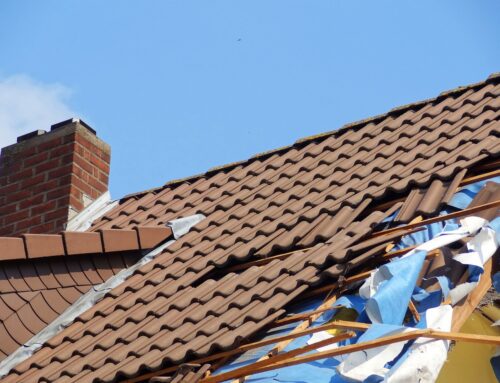Hurricane season is generally considered to run from June 1st to November 30th. With a good portion of the season in the past, you may think that we already endured the worst of what Mother Nature intends to throw at us. Hurricane Debby wasn’t disastrous, but many communities, even those outside the storm’s direct path, suffered flooding and damage to infrastructure. And since then, a month has passed, with things remaining calm so far. However, the future is never set in stone, and some of the strongest storms have historically taken place in September and October. Are you staying prepared?

Current Status of Hurricane Season
As Florida residents who routinely get hit by storms, we deserve to feel a bit of relief due to the recent lull in storm activity, but this calm is deceptive. While it’s true that the Gulf of Mexico has been unusually quiet, experts are urging caution. According to NOAA, conditions for an active hurricane season remain in place, driven by near-record warm sea surface temperatures, reduced wind shear, and the potential onset of La Niña.
Although no immediate threats are on the horizon, there are signs brewing in Atlantic weather patterns that some experts are watching. The “unofficial peak” for hurricanes is around September 10th, but some experts anticipate a later season, with severe storms forming all the way in late November.
Given the likelihood of additional hurricanes forming, plus the fact that even tropical storms and depressions can cause damage, you should always remain vigilant. This quiet period should be seen as an opportunity to review your current plans and processes and limit the harm to your home and family should a late-forming storm hit our part of the state.
Top 3 Things to Do to Prepare for the Rest of Hurricane Season
We’ve recently written an entire blog on everything you should do to prepare for hurricanes in Florida, but as a quick rundown, let’s review three main ideas to focus on:
Ensure Your Insurance Policy is Up to Date: If a storm causes damage, you need to be protected; you can’t eliminate all risks. Make sure your homeowner’s insurance covers potential hurricane damage, including wind and flood coverage, and learn more about your location’s specific flood risks to see how much coverage you are comfortable with. Contact your agent to verify that all other valuable assets, like vehicles and belongings, are also adequately protected.
Replenish and Update Your Emergency Supplies: Now is the time to check and restock your emergency kit. You need enough non-perishable food, water, medications, and other essentials to last at least seven days – the time that strained emergency services may need to reach you. If you’re at the store and see items like batteries, flashlights, and first aid supplies on sale, it’s never a bad idea to stock up, especially considering the shelf life of many emergency supplies.
Secure Your Property: Prepare your home for the possibility of more storms by gathering loose items, trimming trees, and securing windows and doors to make them storm-ready. If the recent storm caused issues in one part of your home, address these issues before the next storm rolls through. If not, your insurance provider may not be inclined to accept your claim due to preexisting damage and a lack of repairs.
If you live in Florida, hurricanes are a fact of life. Even if another storm doesn’t hit us this year, next year will surely bring more rain and wind. Your home should be prepared for when that happens, primarily through sufficient insurance protection for all your properties and assets.
Don’t spend time confused and worried about your coverage. Contact Anderson & Associates Insurance Group today to speak to an agent and learn more about your options.









